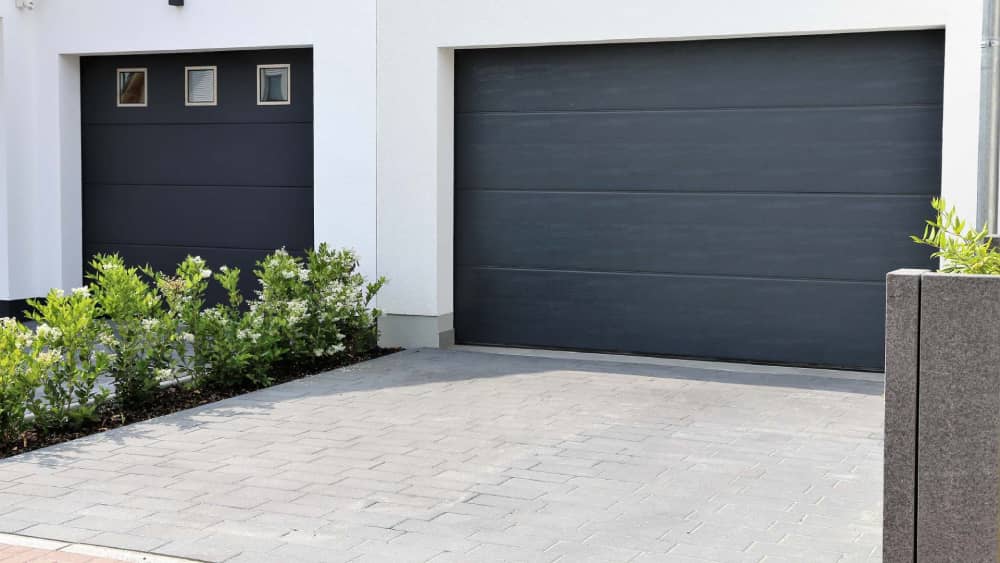Compression garments effectively prevent blood clots, treat venous ulcers, and relieve pain. However, before buying them, you should ensure they are safe and healthy.
Symptoms of Venous Insufficiency
If you have been experiencing symptoms of venous insufficiency, consider wearing compression garments to help with your symptoms. The benefits of compression stockings can include reduced pain and swelling in your legs, along with improved circulation.
There are two types of compression stockings. Medical compression stockings are usually between 15 and 20 mmHg. Anti-embolism stockings are designed to prevent blood clots.
A Duplex ultrasound is a great way to evaluate the condition of your veins. This procedure looks at the structure of your leg veins and the speed of the blood flow.
Depending on the severity of your condition, the treatment options can be surgery, compression therapy, or a combination of both. Some people may need to wear compression stockings all day. Alternatively, they may need to wear them during sleep.
In the case of advanced chronic venous insufficiency, the veins may become so full of blood that they leak. They also can develop ulcers, which can be painful and infected.
You should see your doctor if you experience any signs of venous insufficiency. These include aching in your legs, skin changes, and a rash. Your doctor will perform a physical exam and ask about your medical history.
Prevention of Blood Clots
Using compression stockings is a great way to reduce the risk of developing blood clots. These garments are tight around your leg and ankles. They prevent blood from pooling in the veins and promote blood flow back to your heart.
Some doctors believe this simple procedure can lower the risk of developing a blood clot. For patients with a high or moderate risk of venous thromboembolism, current guidelines suggest using graduated compression stockings in conjunction with anti-clotting drugs.
It is also recommended that patients move as much as possible. Using a sequential or intermittent pneumatic compression device can also be helpful. The sequential device uses plastic sleeves that connect to a pump. The machine applies gentle pressure to promote blood flow.
Another good prevention strategy is to drink plenty of fluids. Also, patients should check for any sores or red areas when removing the compression stockings.
Blood clots are very dangerous. Call your doctor or go to the emergency room immediately if you notice any signs of a lump. You may also need to take anticoagulant medicines.
Sores and Achy Muscles
Compression garments’ benefits go beyond just reducing pain and swelling. This high quality compression fabric also helps promote recovery, improve blood flow and even prevent deep vein thrombosis.
A study found that compression gear did indeed improve post-workout performance. Specifically, the study showed that men who wore compression gear could work out longer and recover more quickly than their counterparts. Moreover, they dealt with fewer DOMS (delayed onset muscle soreness) than their uncompressed counterparts.
The benefits of compression wear are many, and they are well worth the investment. They can help you stay cool and dry, which helps prevent rashes and blisters from forming on your skin. Also, they can keep your muscles in their place, which makes for a smoother workout.
As far as sores and aches are concerned, it is essential to remember that they can be a sign of an underlying medical condition or a result of a new exercise routine. But they can be easily remedied. Often, it is just a matter of applying a few home remedies to get you back on the right track.
Visible Veins
Compression garments are designed to help improve circulation. They can also reduce swelling and pain caused by varicose veins.
The type of compression hosiery used will depend on the severity of the symptoms. There are two main types of compression garments: compression socks and compression stockings. Generally, compression socks and stockings provide a moderate level of pressure. However, the pressure should be monitored because too much pressure can cause dilated veins.
Depending on the severity of the condition, patients may be prescribed compression stockings all day or at night. Wearing compression stockings during the day will relieve some of the pain and swelling of the affected leg. This may prevent the disease from worsening.
In most cases, the correct compression stocking for you will be prescribed by your physician. A dermatologist can also help with this.
Most physicians recommend wearing compression stockings during the day and at night. If you are experiencing venous insufficiency, you should wear these throughout the day to improve circulation.
Compression stockings also reduce the risk of blood clots. They move the blood toward the heart. As a result, blood can circulate more efficiently.




